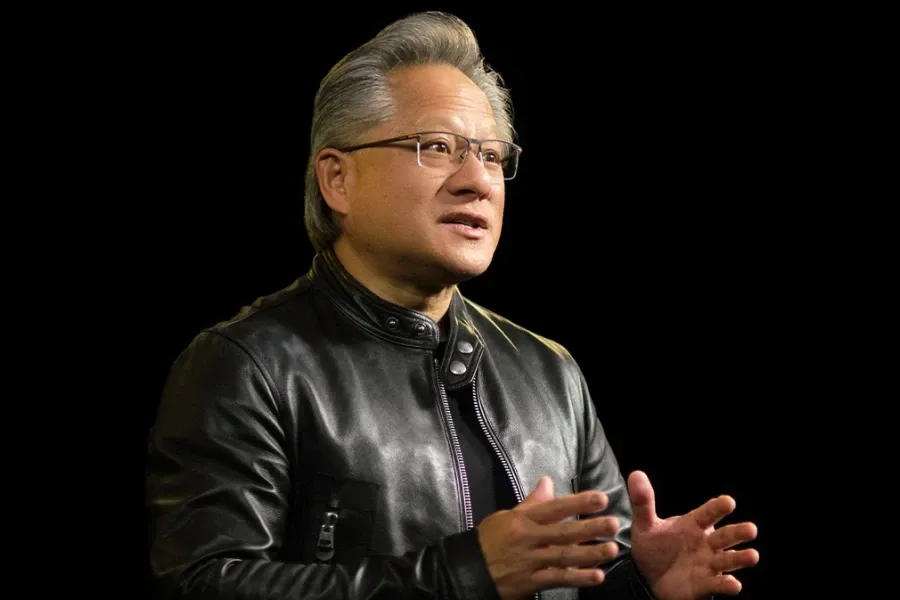Huang Expects a Tenfold Increase in EU AI Power in 2027
Nvidia CEO Jensen Huang forecasted a tenfold increase in Europe’s AI computing power in 2027.

Nvidia CEO Jensen Huang forecasted a tenfold increase in Europe’s AI computing power in 2027. He said that 20 data centers are currently in the works, adding that the continent is transitioning from being an AI adopter to an AI developer.
“Europe isn’t just adopting AI — it’s building it,” stated Huang during his keynote at Nvidia’s GTC event in Paris. He also highlighted growth across infrastructure, sovereign models, and industrial applications. The tenfold increase in Europe’s AI computing power will happen in the next two years, driven by a wave of new data center investments and strategic partnerships.
These investments include the build-out of 20 AI factories, with some set to exceed a gigawatt in capacity, placing them among the world’s largest. “The researchers, the startups, your AI shortage, your GPU shortage will be resolved for you soon,” he explained. “It’s coming for you.” In his keynote, Huang provided an update on what he claimed was Nvidia’s most powerful AI platform to date, the Grace Blackwell NVL72 chip, describing it as one giant GPU that reasons, plans, and spends a lot of time talking to itself.
French startup Mistral AI will be one to benefit from the Blackwell system, announcing a deal with Nvidia at the event to build a joint AI cloud powered by 18,000 Grace Blackwell chips. To accelerate further regional adoption of its technology, the executive explained that Nvidia is expanding partnerships with European governments, telecom operators, and cloud providers. The company is also growing its network of technology centers in Finland, Germany, Spain, Italy, and the UK.
Turning his attention to Europe’s quantum ambitions, Huang stated the company aims to invest in hybrid quantum-AI research and improve quantum error correction. Denmark’s Gefion supercomputer is now running Nvidia’s Cuda-Q platform, an open-source programming model designed for quantum computing applications. The software platform has also launched on the Grace Blackwell system. “Quantum computing is reaching an inflection point,” Huang said, suggesting that quantum-classical computing solutions for practical problems are within reach soon.
Huang outlined ambitions to support the development of sovereign AI models in the region, introducing Nvidia’s Nemotron tool for building large language models based on local linguistic and cultural contexts. These models will be integrated with Perplexity to enable the deployment of secure, multilingual AI. In addition, Huang confirmed plans to build the world’s first industrial AI cloud in Germany, aimed at enabling manufacturers to simulate and automate operations using Nvidia Omniverse, the company’s graphics development software.
“Soon, everything that moves will be robotic. And the car is the next one,” Huang stated. Indeed, he explained that Nvidia Drive, the company’s autonomous vehicle stack, is also in production. Looking to the future of AI, Huang emphasized the exponential growth in store for the technology. This future, he explained, is bolstered by a spike in AI inference usage, which has jumped from 8 million to 800 million users within two years.